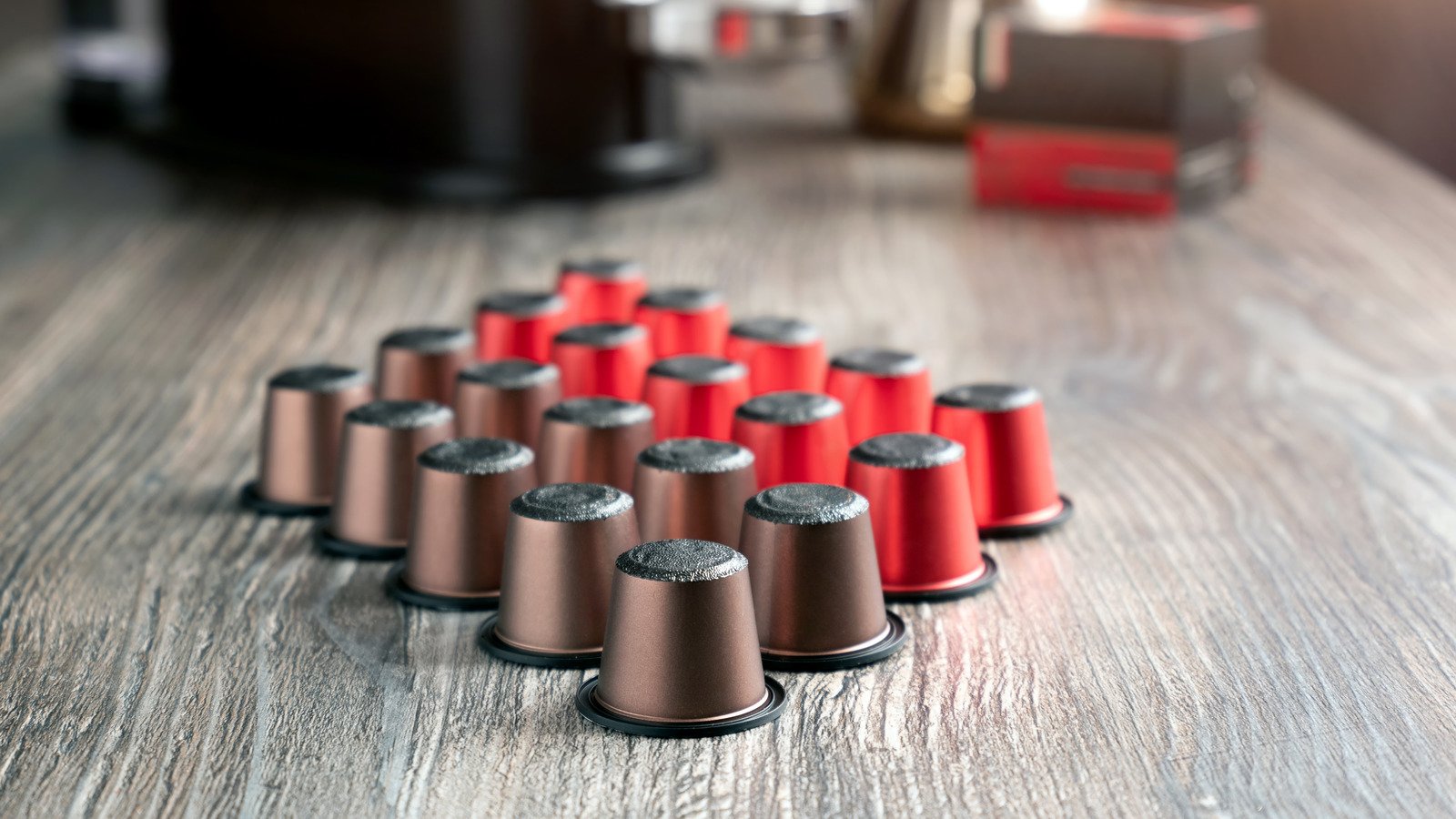Troubleshooting Your Nespresso Machine: Ensuring Perfect Perforation of Pods
Experiencing brewing issues with your Nespresso machine can be frustrating, especially when you’re looking forward to that rich cup of coffee. If you find that your Nespresso doesn’t seem capable of perforating the pods properly, leading to subpar brews, don’t worry. This guide is designed to help you identify common issues and implement simple solutions.
Understanding Common Causative Factors
When your Nespresso is unable to puncture the coffee pods, several factors could be responsible. One frequent cause is a clogged used capsule container. If this container is overflowing with old pods, it prevents the insertion of new ones, often leading to brewing issues. Additionally, mineral buildup from hard water can accumulate inside the machine, causing clogs. Lastly, air bubbles might form in the water chamber, diminishing water pressure and preventing proper pod perforation.
Steps to Rectify Perforation Problems
To fix the perforation problems, the first step is to power off your Nespresso machine and unplug it. Follow these detailed steps to get your coffee maker back to optimal functioning:
-
Empty the Used Capsule Container: Start by removing the used pod container and emptying it completely. Ensure it’s free of any lingering coffee grounds.
-
Inspect the Capsule Holder: Open the capsule holder and carefully remove any pod that’s stuck or misaligned. Clean the compartment using a soft brush or sponge to remove any debris or old coffee grounds that may hinder performance.
-
Descaling the Machine: Depending on your water type, descaling may be necessary. Use the official Nespresso descaling kit to eliminate mineral buildup. Other substances, like vinegar, could damage the machine over time, so it’s best to stick with recommended products.
-
Run a Clean Cycle: After cleaning, fill the water tank and place a large container on the drip tray. Plug the machine back in and wait for the lights to stabilize, indicating readiness. Open the handle, run the “Lungo” function without inserting a capsule, and close the handle after this step.
- Final Brewing Test: Once the cleaning cycle is complete, try making coffee with a fresh pod. This should ideally resolve the issues with perforation.
Preventative Measures for Future Brewing Issues
To avoid this problem in the future, establish a regular maintenance routine for your Nespresso machine:
-
Timely Emptying of the Used Capsule Container: Make it a habit to empty this container to avoid blockages.
-
Regular Cleaning: Implement a monthly cleaning schedule, including a descaling process using the official kits from Nespresso.
-
Using Quality Pods: Stick to high-quality, reliable brands of coffee pods. Off-brand or less reliable pods may not fit well or could lead to additional clogging, thus complicating the brewing process.
- Purge After Non-Use: If your machine has been inactive for an extended period, it’s advisable to flush it by running a water cycle through it to clear any potential clogs.
Additional Support and Resources
If you’ve followed these steps and still face issues, consider reaching out to Nespresso’s customer service for assistance. They may offer additional troubleshooting tips or suggest professional servicing if necessary.
Maintaining your Nespresso machine doesn’t have to be complicated. By understanding how to address common issues like pod perforation and implementing preventative maintenance strategies, you can enjoy delicious, barista-quality coffee at home without frustration. Your morning brew deserves it.


































